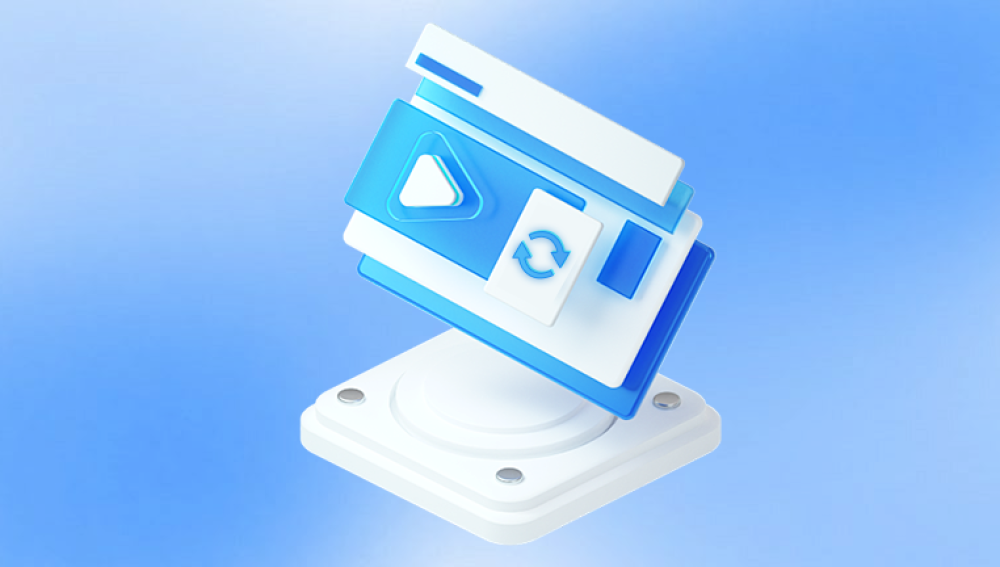Deleting a file accidentally can be a nerve-wracking experience, especially if it contains critical information or sentimental value. Fortunately, there are several methods you can use to find and potentially recover a deleted file. Here's a step-by-step guide to help you through the process.
Step 1: Check the Recycle Bin
The first place to look for a deleted file is the Recycle Bin (or Trash folder on macOS). When you delete a file from your desktop or file explorer, it's often moved to the Recycle Bin rather than permanently removed. Open the Recycle Bin, search for the file you deleted, and if you find it, simply right-click on it and select "Restore" to move it back to its original location.
Step 2: Use File Recovery Software
If the file isn't in the Recycle Bin, your next step should be to use file recovery software. These tools scan your hard drive for deleted files and attempt to restore them. There are both free and paid options available, and they typically work by scanning the hard drive's sectors for traces of the deleted file. The following is an example of Panda data recovery.
When using file recovery software, make sure to:
- Stop using the computer immediately after deleting the file to prevent overwriting the deleted data.
- Select the correct drive or partition where the file was located.
- Follow the software's instructions carefully to ensure a successful recovery.
Here's how to use panda data recovery software:
Here's how it works:
1. Download and install the Panda data recovery software
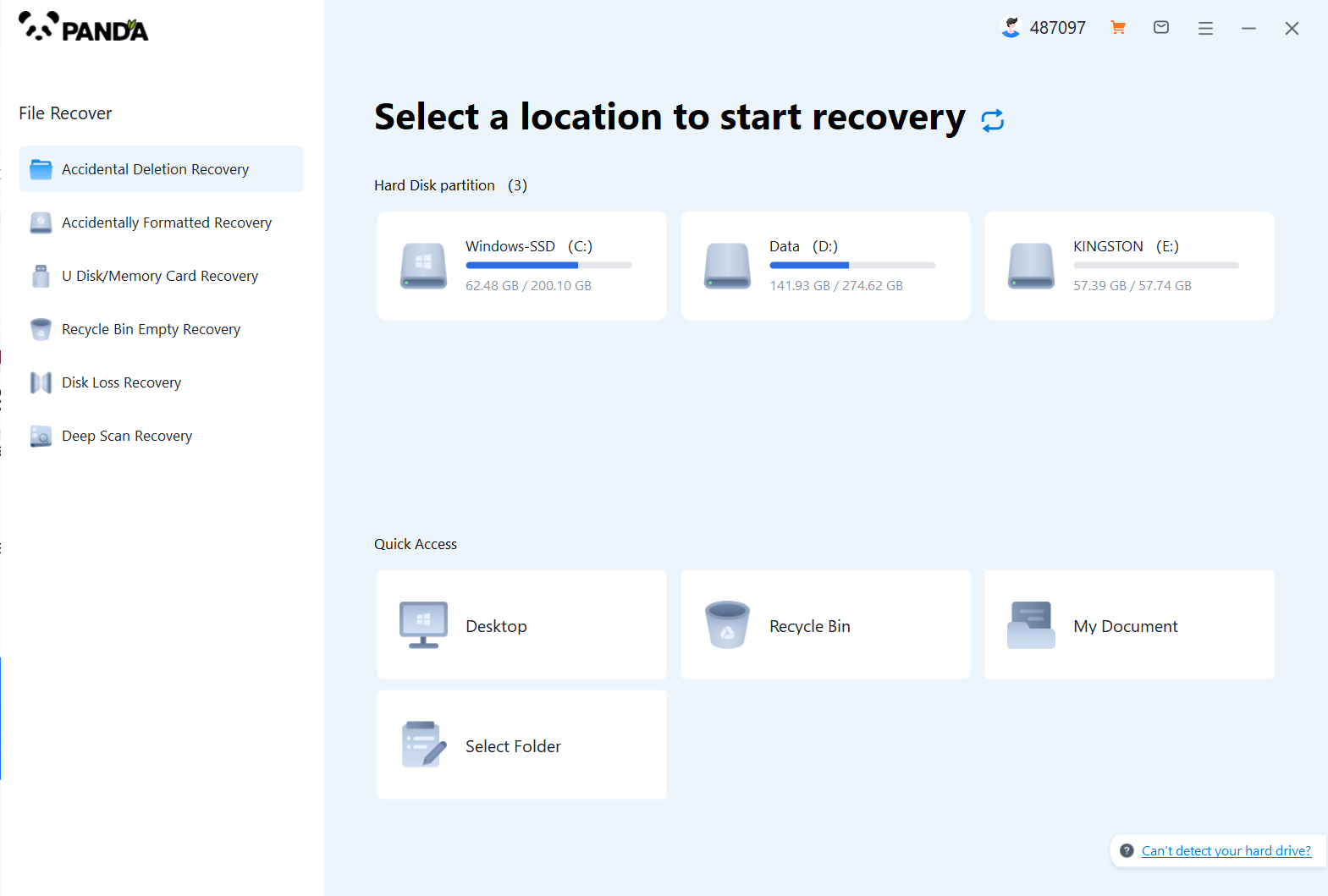
Download and install the Panda data recovery software, and open it, you can operate it without logging in, but if you are sure to recover, you still have to log in and open a member.
2. Select the recovery mode
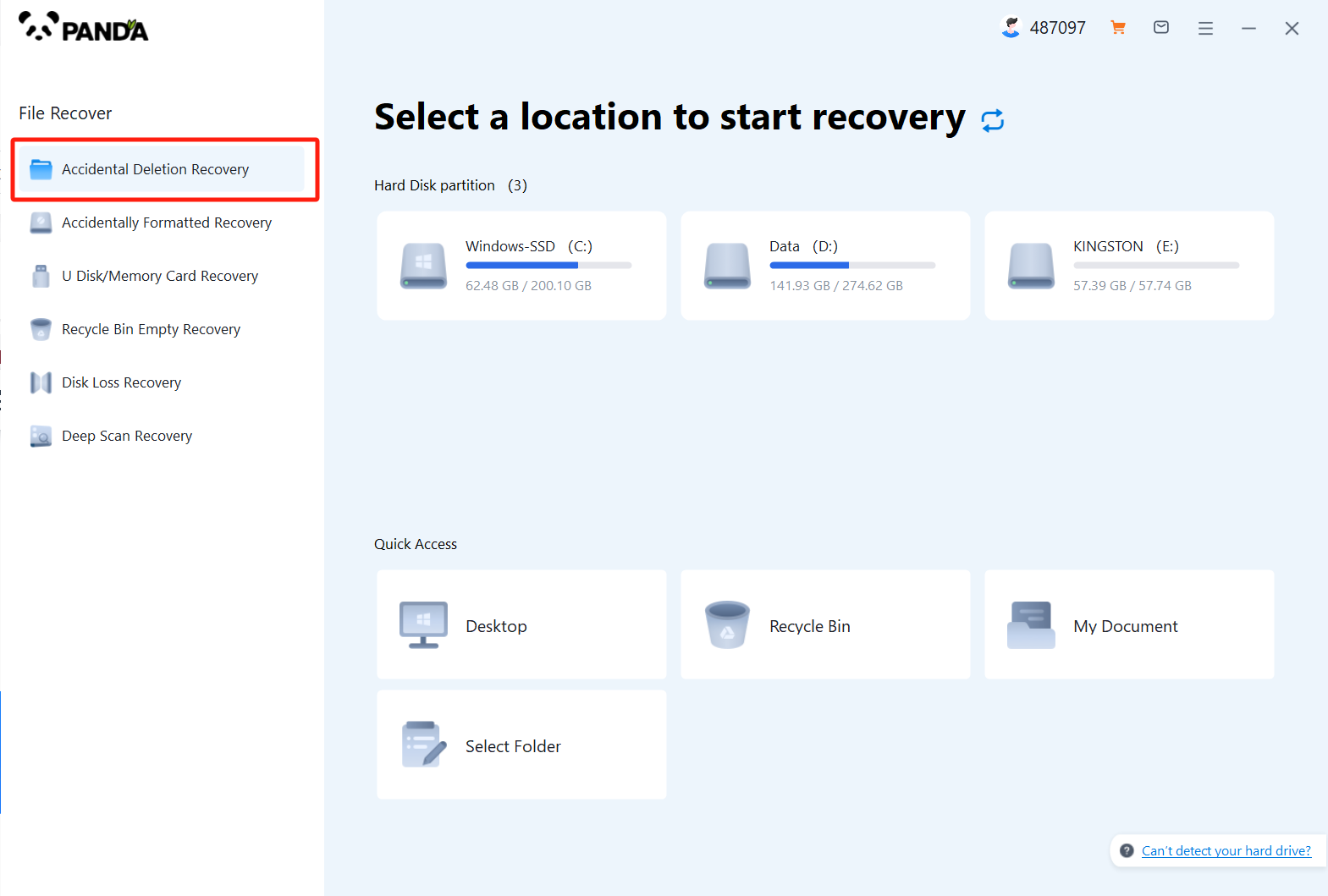
According to our loss situation to choose the recovery mode, the computer accidentally deleted pictures are deleted by mistake to recover, click on it.
3. Select the original data storage location
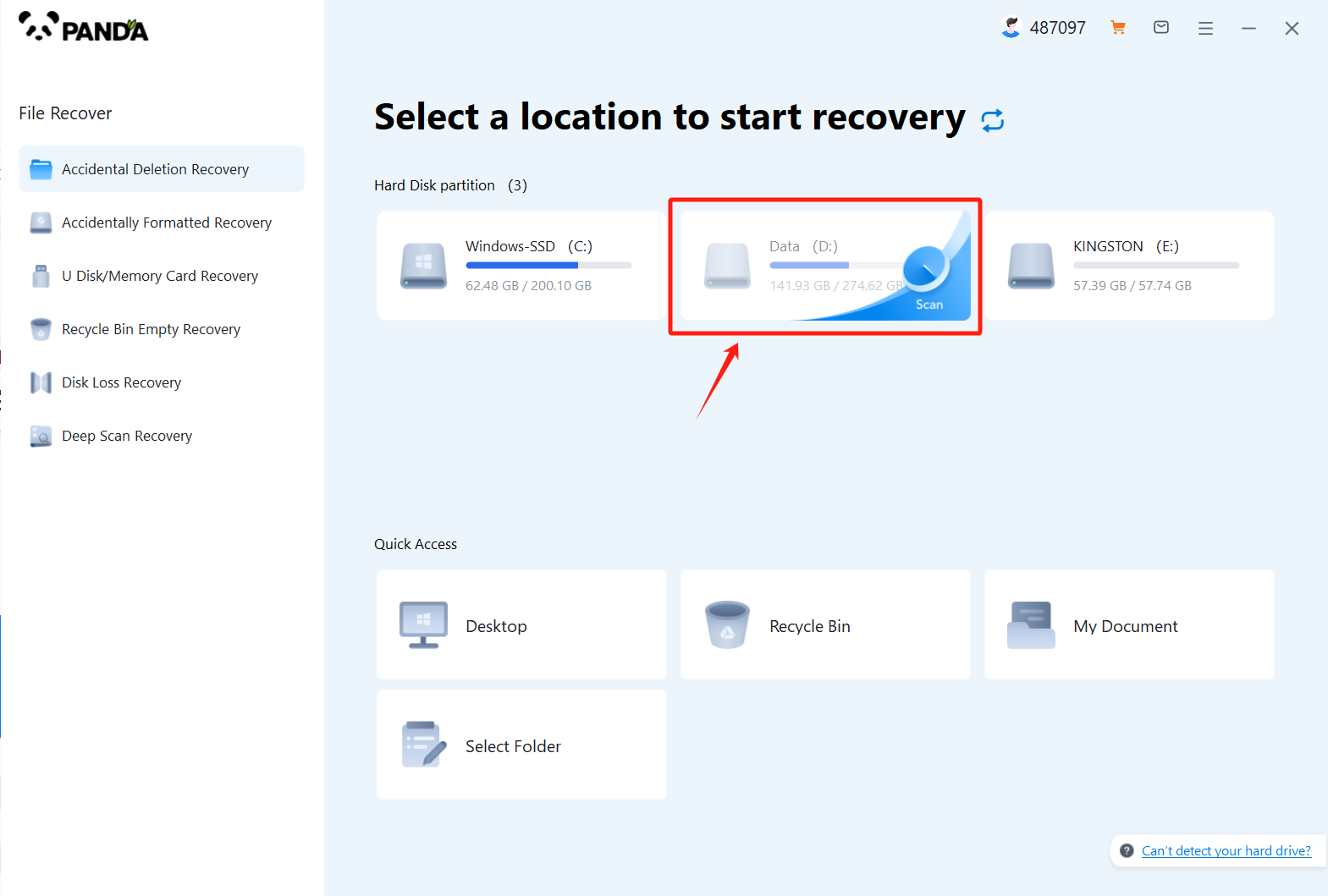
Select the location where the file was located before it was accidentally deleted, click Start Scan, if you are not sure which disk it is placed on, you can repeat the scan.
4. View the scanned files
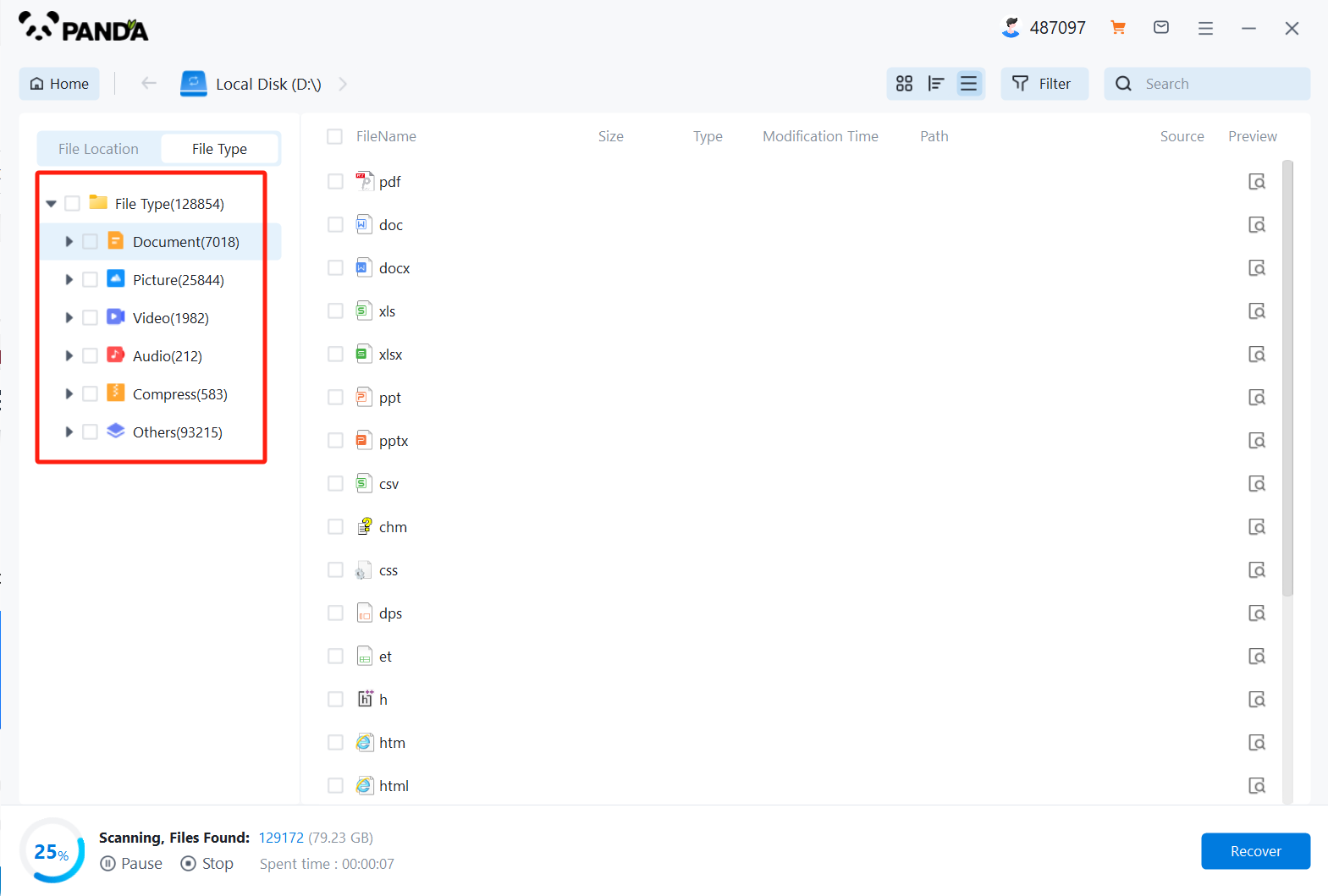
In the scanned files, find the file type Images, and then look for any of the images you lost.
5. Enter the file name to find the file and click on the computer to delete the picture by mistake
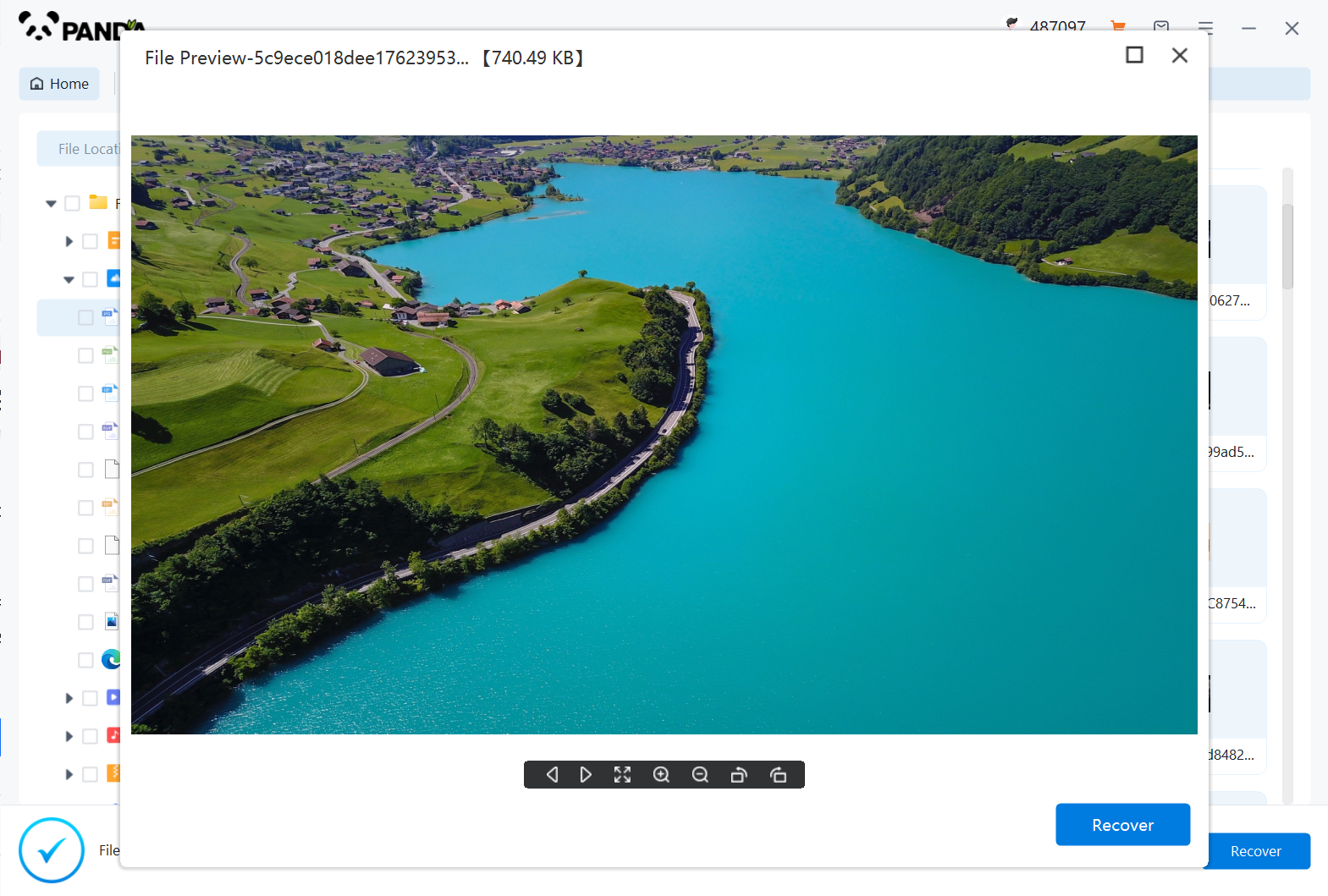
Enter the file name to find the file, or modify the time filter to find the file, double click to preview it, if you can successfully find the picture file, and the preview is successful, then it means that the picture can be recovered, then we click to restore it immediately.
Step 3: Check Cloud and External Backups
If you have backed up your files to a cloud service (e.g., Google Drive, OneDrive, Dropbox) or an external hard drive, check there for the deleted file. If you find it, you can simply download or copy it back to your computer.
Step 4: Check for Previous Versions
If you're using Windows, you may be able to restore a previous version of the file using the File History feature (available in Windows 10 and 8.1). This feature automatically creates copies of your files at regular intervals, allowing you to restore older versions if needed.
To access File History:
- Open File Explorer.
- Navigate to the folder that contained the deleted file.
- Right-click on an empty space in the folder and select "Properties."
- In the Properties window, click on the "Previous Versions" tab.
- If previous versions of the file are available, select the version you want to restore and click "Restore."
Step 5: Contact a Data Recovery Service
If you've tried all the above methods and still can't find the deleted file, you may need to consider contacting a professional data recovery service. These services have specialized tools and techniques that can recover data from severely damaged or overwritten hard drives. However, keep in mind that data recovery services can be expensive and may not always be successful.
Preventing Future File Loss
To avoid accidentally deleting files in the future, here are some tips to follow:
- Regularly back up your important files to a cloud service or external hard drive.
- Use the "Undo" feature (Ctrl + Z) immediately after deleting a file to undo the deletion.
- Before deleting a file, make sure you know what it is and why you're deleting it.
- Consider using a file shredder or secure deletion tool to permanently delete files you don't want to recover later.
In conclusion, while accidentally deleting a file can be frustrating, there are several methods you can use to find and potentially recover the deleted file. Start by checking the Recycle Bin, use file recovery software, check cloud and external backups, and if necessary, consider contacting a data recovery service. And remember to take preventative measures to avoid future file loss.




